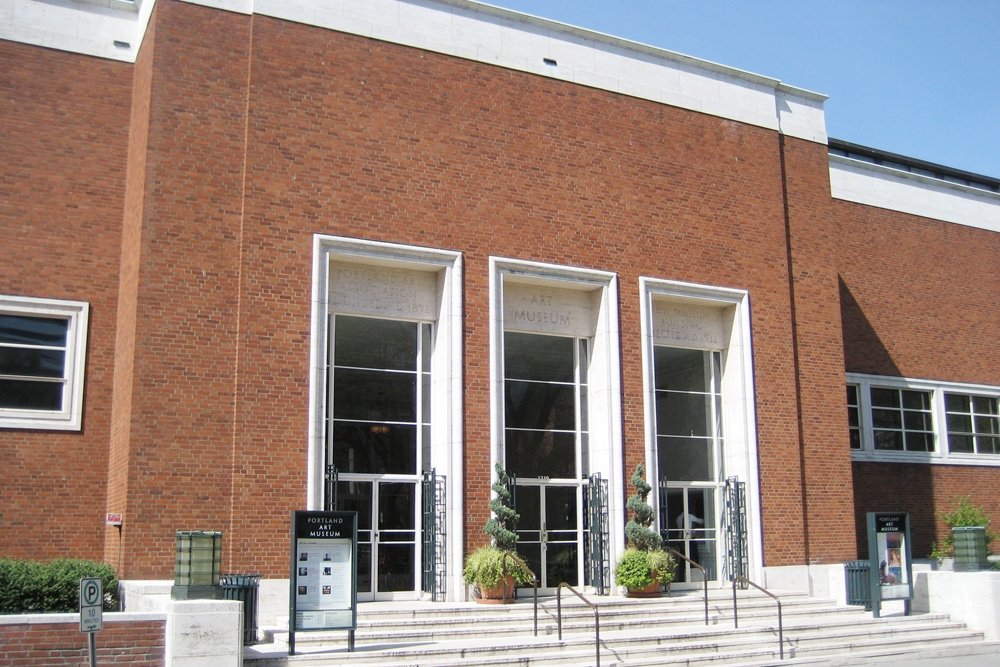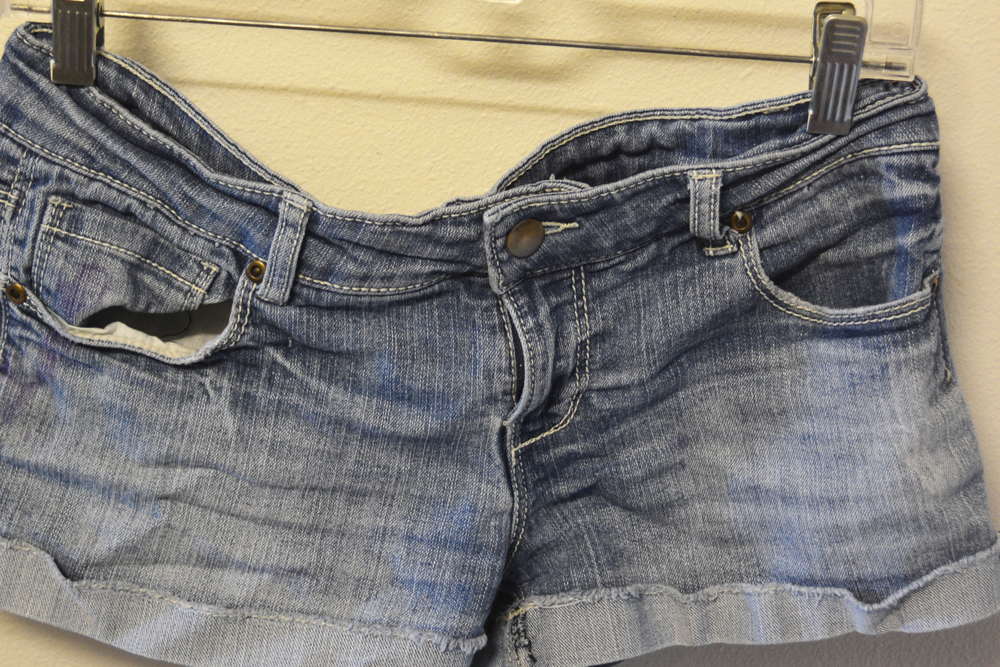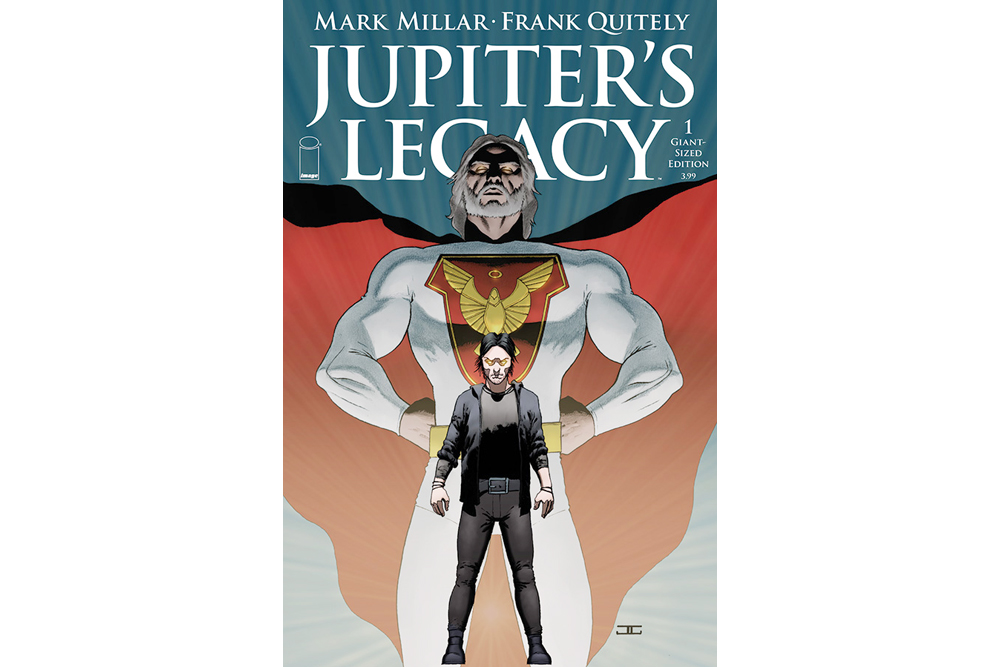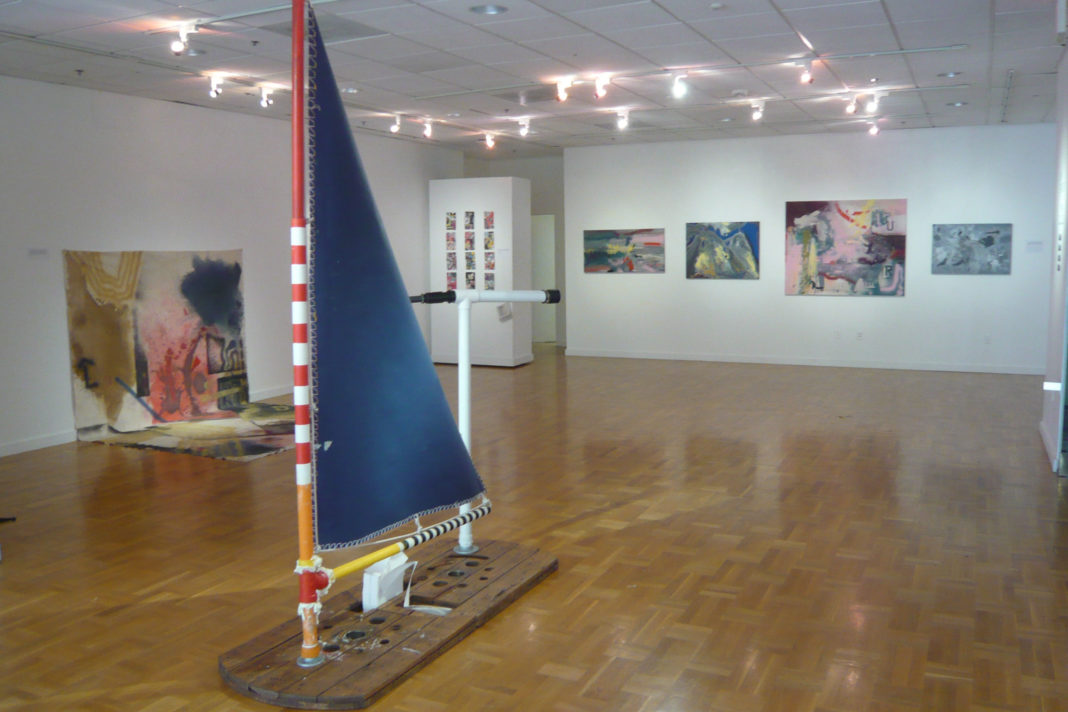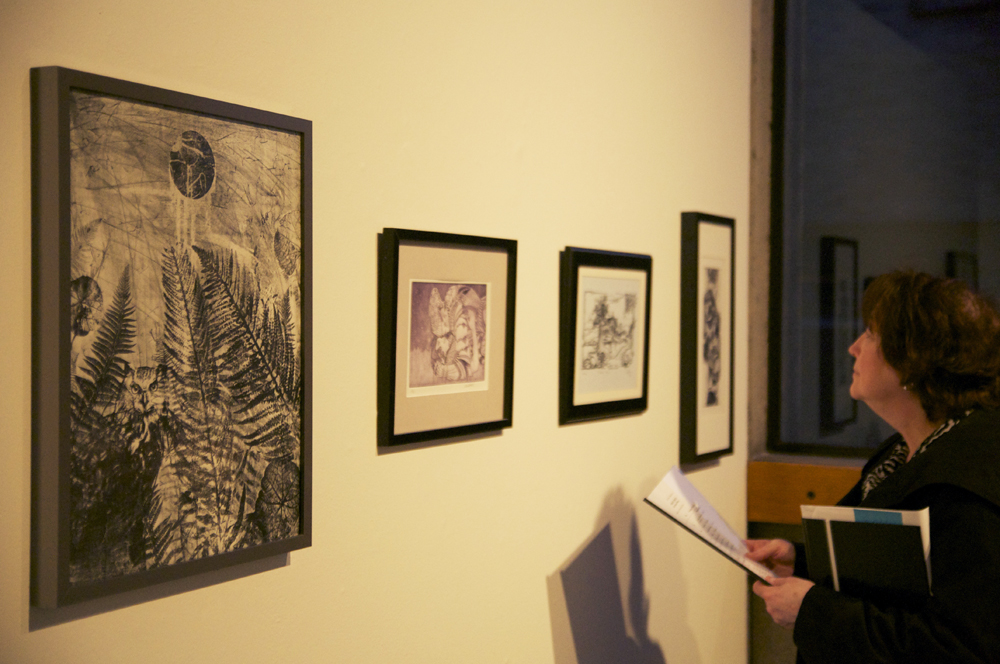The Portland Art Dealers Association hosted a collaborative conversation around the idea of art patronage and art collecting on April 8. The free event was held at the Portland Art Museum.
Attendees were greeted by an enthusiastic member of the Young Patrons of the Portland Art Museum who said he was excited to increase awareness of art collecting for the next generation of patrons.
Art lovers and collectors gathered in the Miller Gallery to mingle and schmooze with other esteemed members of the Portland art community before transitioning to the main event
of the evening.
Megan Atiyeh, an independent curator, writer and visual arts coordinator for the Oregon Arts Commission, was the main facilitator for the discussion.
“This conversation is aimed at getting to the core issues and the conditions of the visual arts ecology of the state,” Atiyeh said. “My task is to really try and encourage a vertical dialogue.”
The event featured several local artists, art experts and gallery owners who sat scattered throughout the humble audience. This was done in an effort to help facilitate a more organic flow of conversation as opposed to a panel or lecture-based seminar.
PADA facilitators encouraged participation from audience members, but not before introducing the elite audience members, including local art professors and Board of Trustee members.
The audience, primarily white, middle-aged art patrons, brought many stimulating ideas and questions to the conversation.
Modern and post-modern art did not come up at all in the two-hour conversation.
The core issues that seemed to get the most remarks and comments out of audience members were issues of quantity: How big should my paintings be? How much art is too much art to collect? When do I know when I should buy more art?
Issues of supporting new and emerging local artists were given a generous, if brief, slice of time at the end of the discussion.
The conversation was separated into three distinct chapters; the first was titled, “How do new collectors come to be?”
Audience members offered memories of the first piece of art they ever purchased and described how incredibly crucial that was for them in their journey to become an art collector. Questions on what it is that makes art collecting most challenging, such as financial limitations, followed.
Prudence Roberts, an art professor at Portland Community College, recalled the first painting that started her journey as an art collector.
“I bought my first painting when I was in college,” Roberts said. “I bought it from a friend, with no money to pay for it; it was sort of as though my checkbook levitated out of my wallet, and I paid for it over lots of time.”
The second chapter focused on the artist, patron and gallery relationship. This complex topic came to a quick group consensus that all aspects of involvement are important—the circle of life, so to speak, within the arts.
These three relationships are pillars of support that help stabilize artists to make their art, patrons to buy their art and galleries to showcase and sell their art. It all flows together like a Van Gogh.
The evening ended on a hopeful “Aspirations” chapter, a question Atiyeh hoped would stimulate a call to action in the community and spur audience members on.

